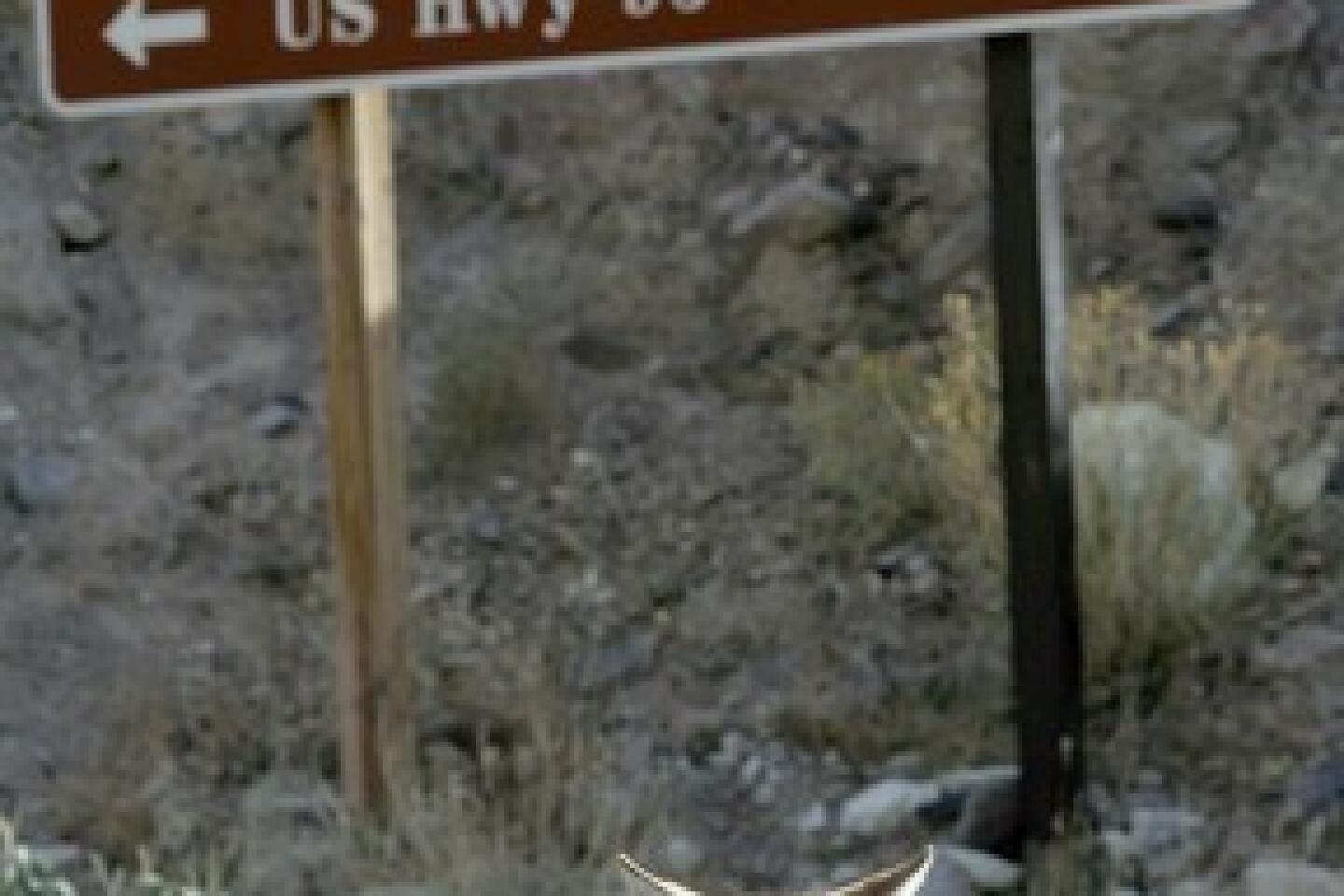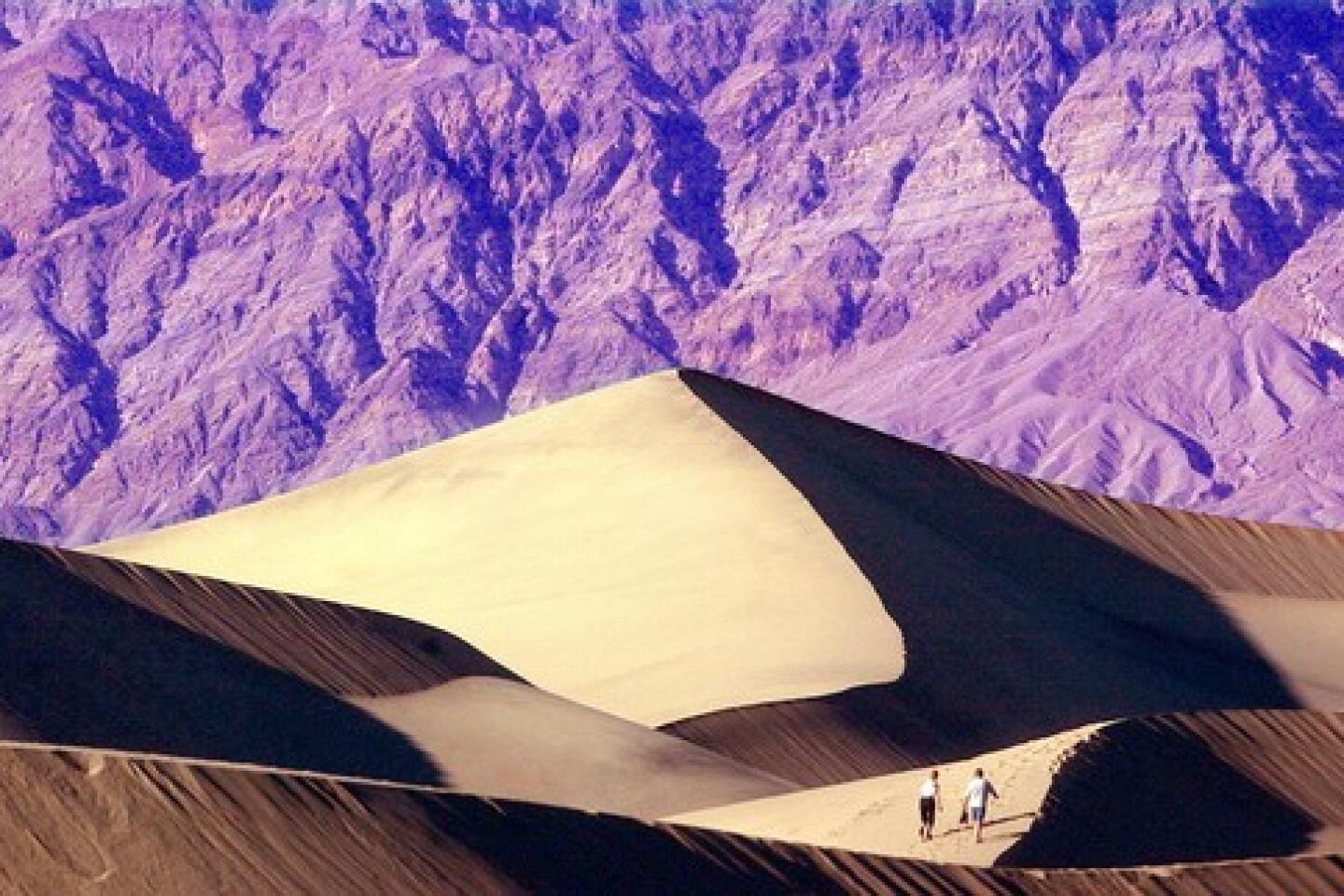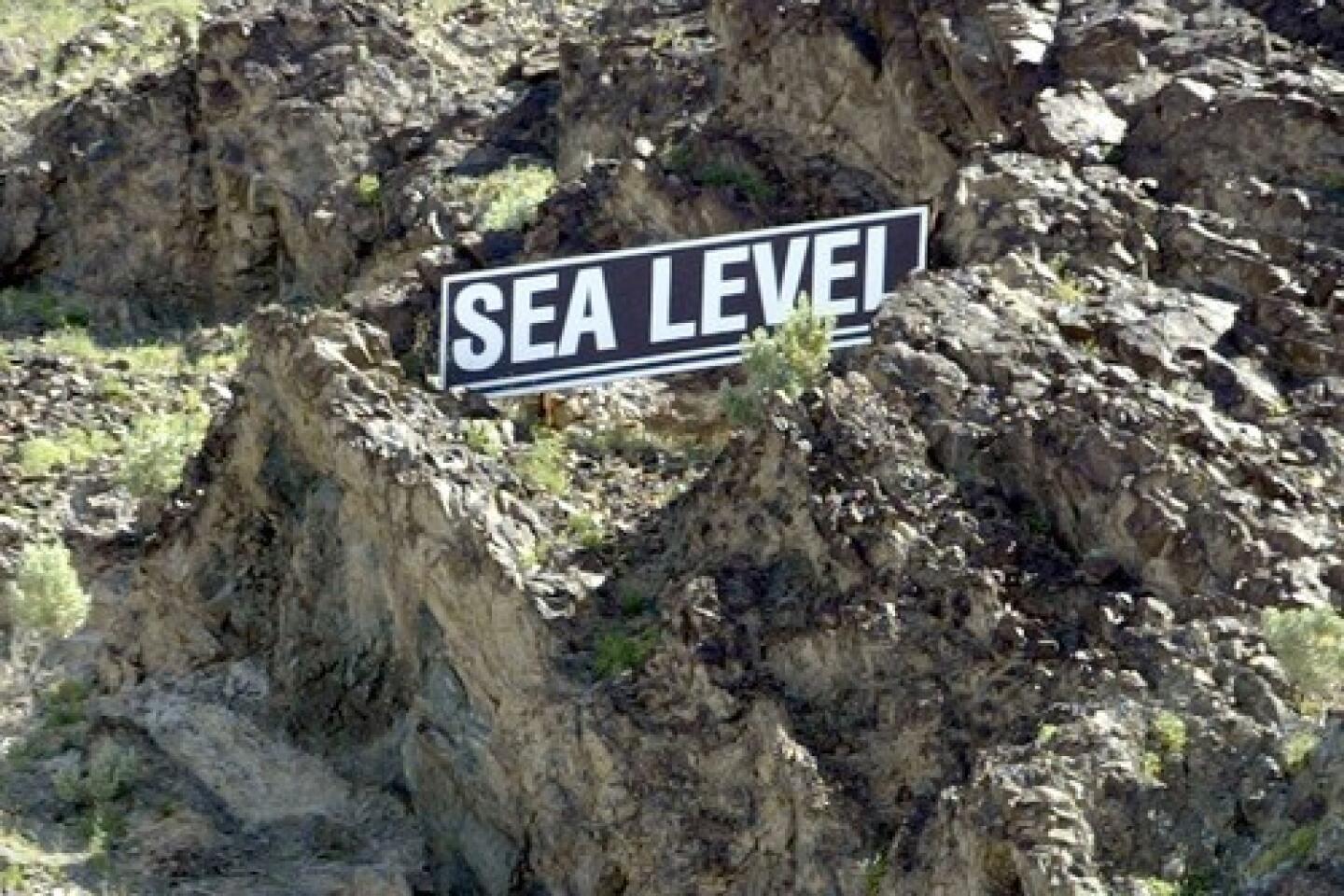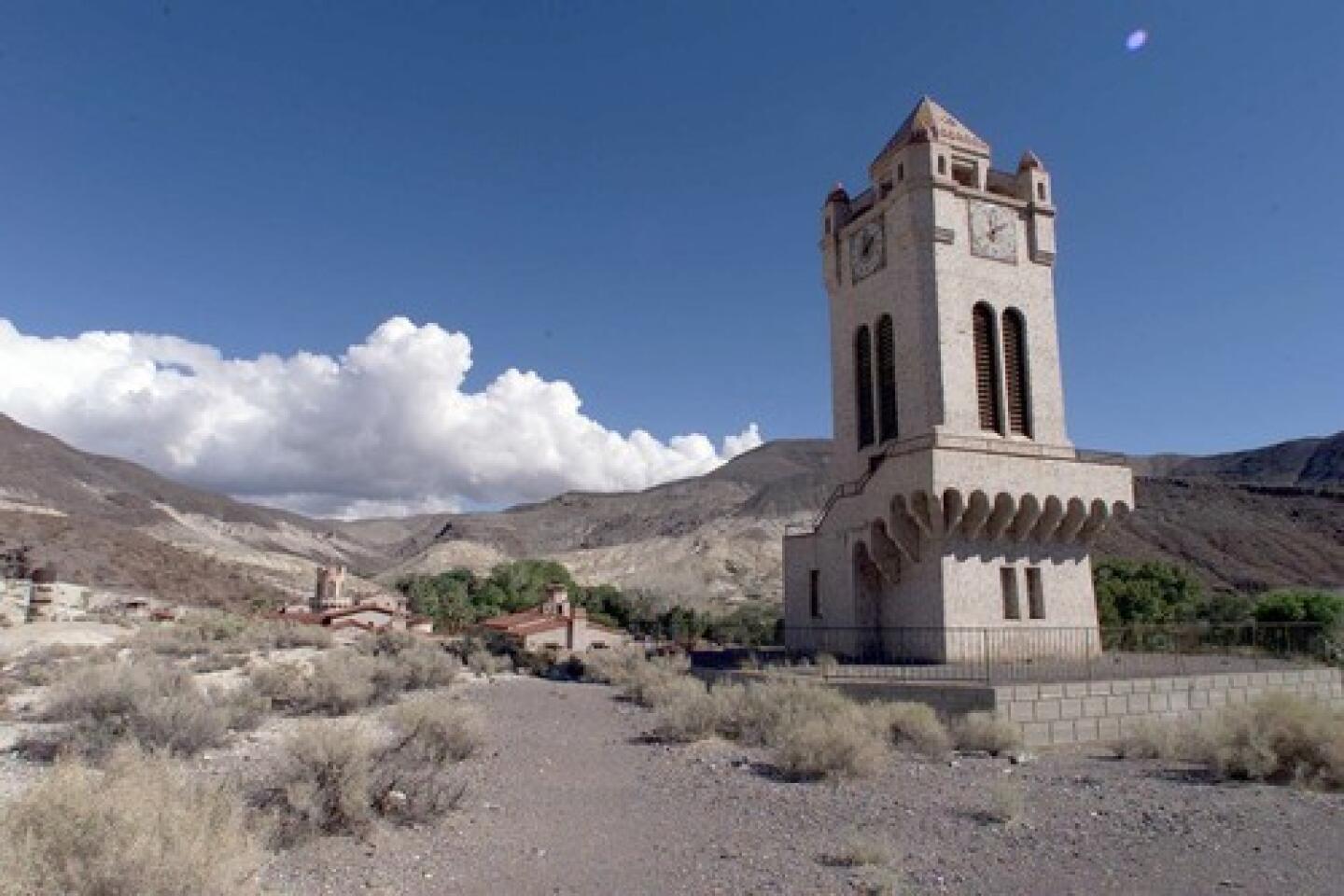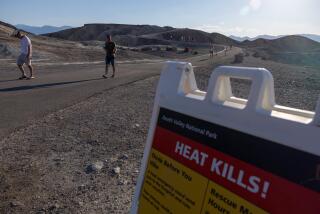Way cool: Death Valley charms families
About 300 miles northeast of Los Angeles, vast Death Valley National Park is a place of extremes: hottest, driest, lowest. Amid its timeless quietude, visitors may hear the wind traveling across the desert floor or the echo of a raven’s caw off a distant mountain. Families might enjoy visiting a few of the ghost towns throughout the park, seeing the unparalleled springtime wildflowers, exploring the otherworldly sand dunes or spotting desert coyotes.
Age appropriate
The heat and long drives (as the crow flies, the park is more than 100 miles north to south) might prove too much for little ones, but tweens and teens will likely enjoy the edginess of it all.
Strange -- but fun
Rhyolite, which boomed with the Bullfrog gold mine, was once a town of about 10,000, but now it’s just for tourists and ghosts. There’s an open-air museum along the road, where Modernist sculptures -- among them, a ghost climbing on a bike -- are scattered in the creosote, bizarrely juxtaposed with the moldering shells of Rhyolite’s banks, stores and homes. These include the handsome Spanish mission-style Las Vegas & Tonopah Railroad Station and an odd house made of bottles. Good-natured volunteer guides provide tours.
Great adventure, or the attraction
Near the town of Stovepipe Wells are the world’s most-photographed sand dunes. The mesmerizing 14-square-mile field is likely so popular because it’s easy to reach and explore on foot.
Keep ‘em happy
Period-clad rangers lead tours of Scotty’s Castle, a 1920s retreat built around an oasis by a Chicago millionaire. This ranch villa with a hefty dollop of whimsy is named for Walter Scott, a.k.a. Death Valley Scotty. Tour reservations required.
Timing is everything
During summer, the temperature can easily hit 120, but the park offers solitude and pleasant daytime temperatures to winter guests. High season is from mid-February to mid-April, peaking in a gorgeous display of spring wildflowers, if the weather cooperates.
Avoid the crowds
Drive up to Ubehebe Crater, at the north side of the park, to watch the sun set. This windy geological pockmark 500 feet deep and half a mile wide is surrounded by so much cinder and ash it seems as though the explosion that created the crater occurred just last month.
Don’t miss
Start at Furnace Creek Interpretive Center to get information about what to see, or listen in as rangers give educational lectures. The museum here recalls the valley’s borax-mining days and explains how Death Valley won the temporary title of the hottest place on Earth. Other don’t-misses include Badwater Basin, which is, at 282 feet below sea level, the Western Hemisphere’s lowest point, and sunrise over Zabriskie Point.
Reasonable lodgings
Guest rooms at Furnace Creek Ranch are clean and have a middle-class air, although they’re furnished in the style of a budget motel. Rates are moderate -- about $105 per night for a cabin, $159 for a one-story motel unit and $137 for a two-story motel unit. There’s a stable, an 18-hole golf course, a spring-fed swimming pool, tennis courts, a general store, a museum and a saloon.
Inside track
The visitor center at Furnace Creek is 310 miles from L.A. if you enter by the eastern or western entrance to the national park (both State Route 190); from the south on State Route 178 and Emigrant Pass Road, it’s 285 miles from L.A. The park’s main roads are fine for two-wheel-drive passenger cars, but backcountry roads often require a four-wheel-drive vehicle with high clearance.
More to Read
Sign up for The Wild
We’ll help you find the best places to hike, bike and run, as well as the perfect silent spots for meditation and yoga.
You may occasionally receive promotional content from the Los Angeles Times.
